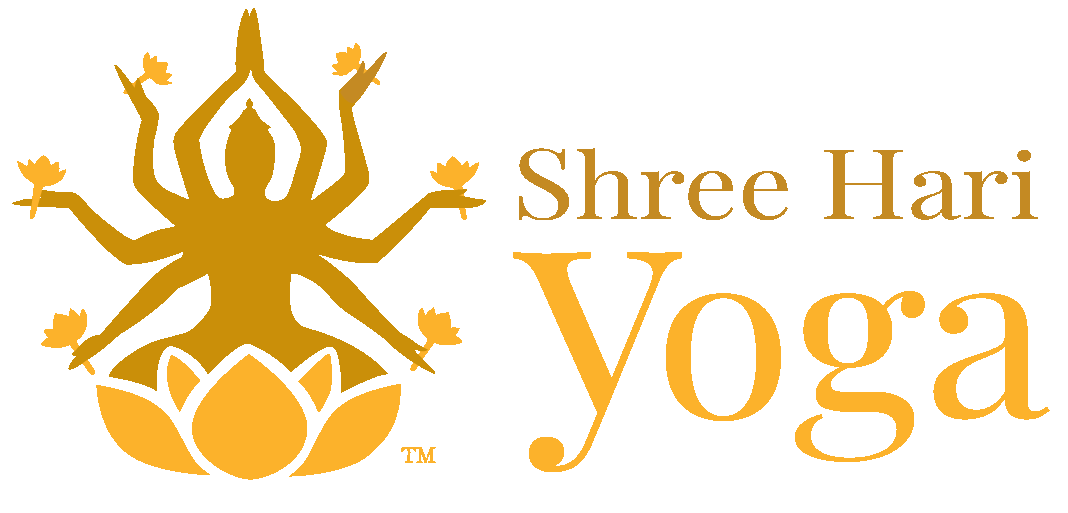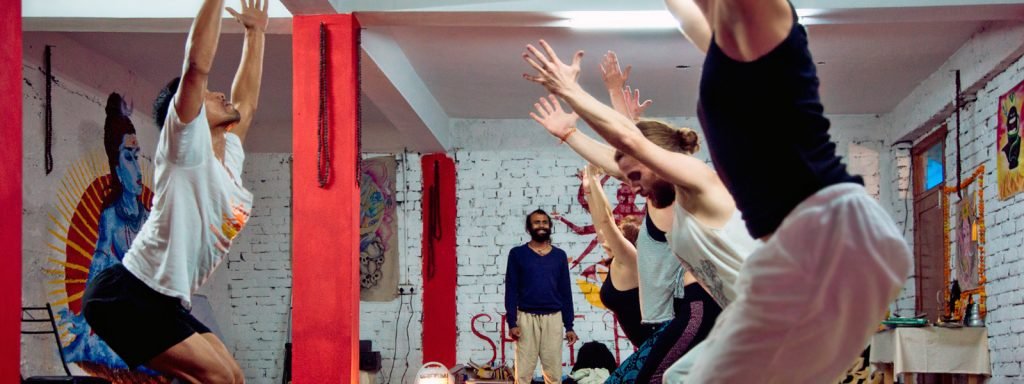
Om Hraam Hreem Hraum Sah Suryay Namah
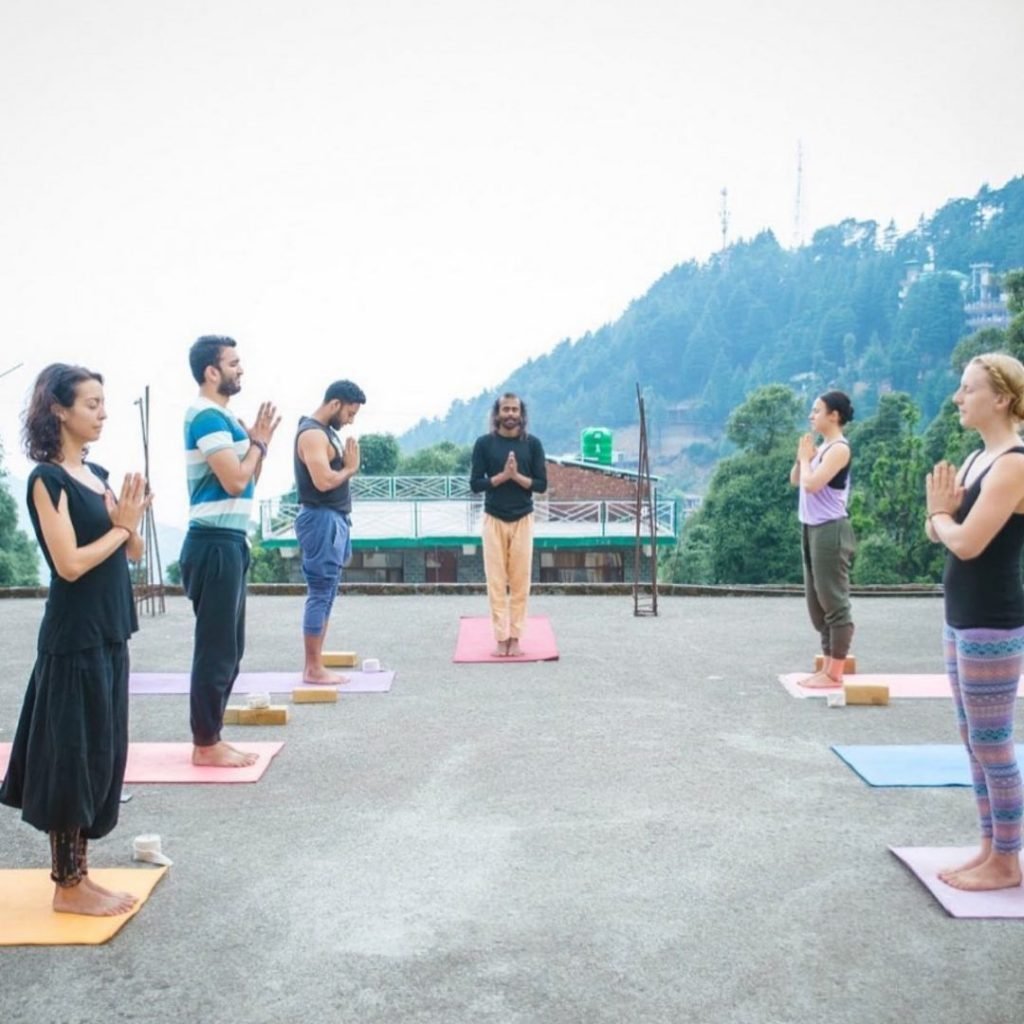
In Yoga, Surya or the sun holds a very key position and plays a very important part. It always had a great relationship with our physical body and thus a salute to the sun or a salutation to the supreme god sun (also known as the chief of Navagraha) is a very age-old practice that has been coming on from the Adi yogis to till date.
There are different types of asanas involved here. This action is mainly for showing our respect to the sun god which gives light and as well transmits vital energies to our bodies along with providing us life support. Today, we are going to discuss Ashtanga Surya Namaskar which is one of the most common forms of yoga and namaskar that we hear of.
So let’s try to check out some of the key features of Ashtanga Surya Namaskar and the vital activities involved with it.
What is Surya Namaskar?
The Surya Namaskar or the salutation to Sun consists of a sequence of around twelve asanas in total. These asanas are interrelated to one another and mainly involve various movements of the body which include jumping, stretching, and different movements of our body parts. This great workout not only provides proper flow of vital energy to all parts of our body but it works as a great cardiovascular workout bestowing a positive impact on our mind and body.
Impact and benefits
Surya Namaskar stimulates our nervous system.
It helps in maintaining proper cardiovascular health.
It is an excellent exercise for weight loss management.
It provides help in stretching, flexing and toning the muscles.
It strengthens the immune system.
Provides an enhancement to cognitive functions.
Relaxes the mind and provides overall improvement to the body.
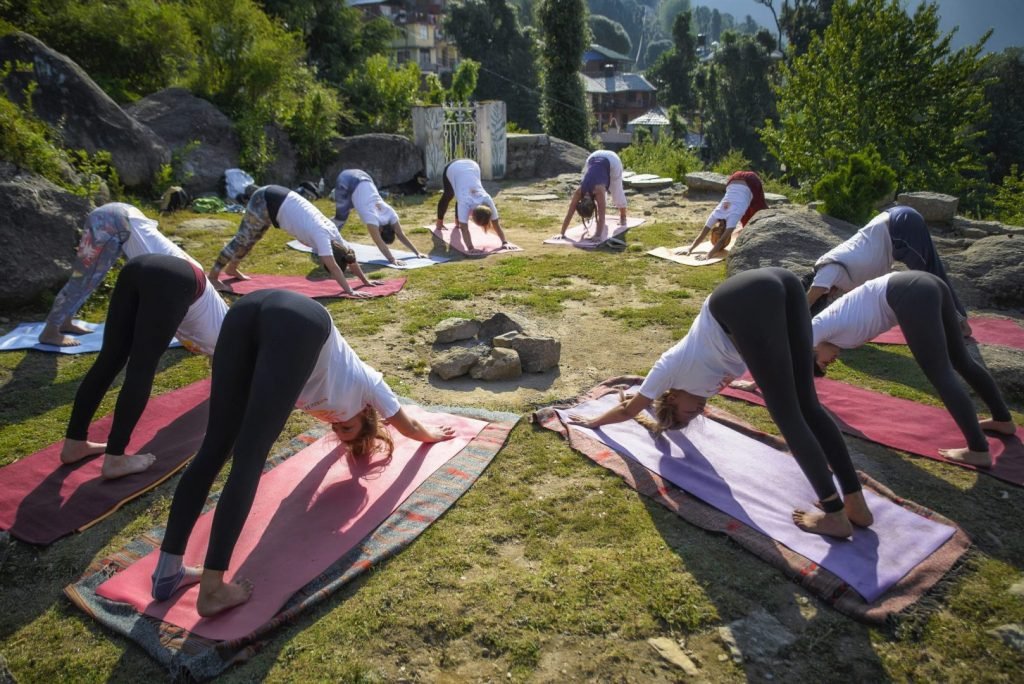
Ashtanga Surya Namaskar A and B
According to data obtained from different legitimate sources, the Ashtanga School of Yoga has two versions of Surya Namaskar or sun salutation and can be differentiated as A and B. While the first one or (A) is best for the beginners and second one (B) is mainly for advanced practitioners and is mainly objected to providing stamina and core strength. The first part consists of a total of 9 postures while the second one consists of 14 yoga poses or asanas.
Ashtanga Surya Namaskar A
The posture is usually started by standing in the prayer position with your hands folded. It is placed right in front of your chest. This is then followed by getting into the mountain pose where you put your hands above your head. Then you gently forward fold; the half forward fold; the four limbed staff posture or the Chaturanga Dandasana. It is followed by the upward facing dog or the Urdhva Mukha Svanasana. Then continue with the downward facing dog or the Adho Mukha Svanasana. Once done then repeat the half forward fold, the forward fold, the mountain pose and back to the prayer position to complete the process.
Breathing techniques
For the mountain posture, you generally do exhale.
For upward mountain posture, you inhale.
For forward fold, you exhale.
For half forward fold, you exhale – inhale in the pose.
For forward plank, you exhale and hold.
For upward facing dog, you inhale.
For downward facing dog, you exhale.
For downward facing fold, you inhale.
For forward fold, you exhale.
For upward mountain posture, you inhale.
For mountain posture, you exhale (have two poses in one breathing)

Ashtanga Surya Namaskar B
For the Namaskar part B, you begin with the prayer position and then gently get into the Utkatasana position or the awkward chair pose. Then repeat the Surya Namaskar A that is to be continued from the forward fold to the downward facing dog pose. Once done, you should get into The Warrior Pose I. The staff pose is repeated then along with upward facing dog position followed by dog pose facing downwards. After this, repeat the Virabhadrasana again which needs to be followed by a series of staff poses along with a dog pose looking upward, the downward dog pose, half forward fold, full forward fold, and the awkward chair pose completing with the standing posture. Finally, complete the Surya namaskar by folding both hands together in the Namaste position.
Breathing technique provided below
Utkatasana – Inhale
Uttanasana – Exhale
Ardha Uttanasana – Inhale
Chaturanga Dandasana – Exhale
Urdhva Mukka Svanasan – Inhale
Adho Mukha Svanasana – Exhale
Virabhadrasana – Inhale
Chaturanga Dandasana – Exhale
Urdhva Mukha Svanasana – Inhale
Adho Mukha Svanasana – Exhale
Virabhadrasana – Inhale
Chaturanga Dandasana – Exhale
Urdhva Mukha Svanasana – Inhale
Adho Mukha Svanasana – Exhale
Ardha Uttanasana – Inhale
Uttanasana – Exhale
Utkatasana – Inhale
Tadasana – Exhale
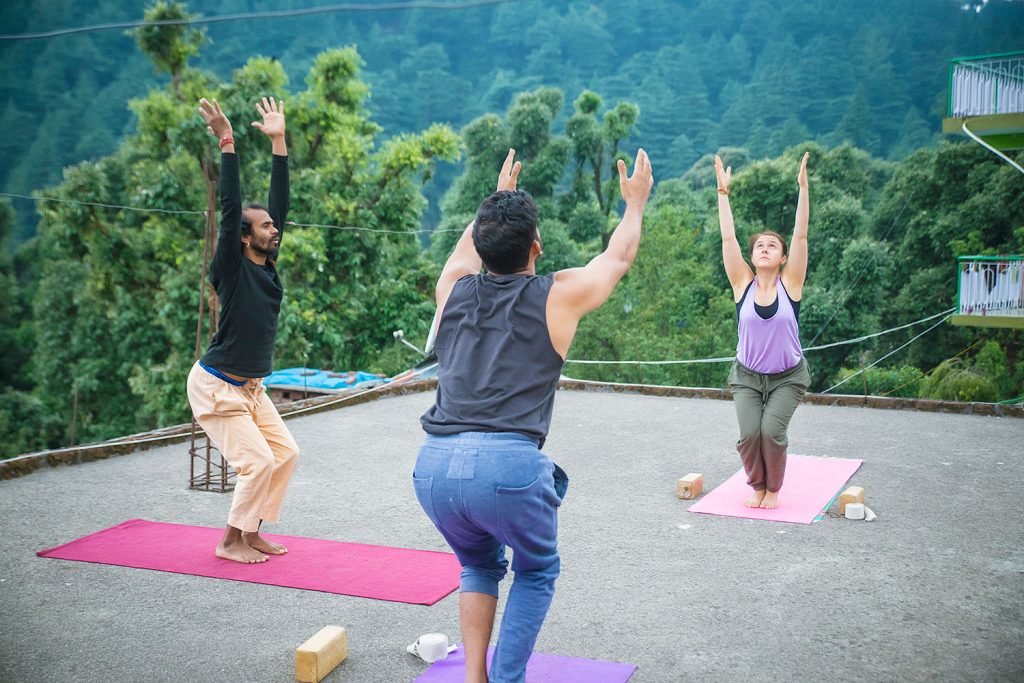
Things to remember
Before performing Ashtanga Surya Namaskar please consider the following points (given below in short).
It is best to perform these kriyas or postures early morning to obtain the best result.
Can be performed anytime in the day (if pressed for time).
Do not do anything at least for an hour before you perform the poses.
Do not perform the Surya Namaskar after having a heavy meal.
Begin slowly and try to hold each posture for at least 3 to 5 seconds.
Do multiple repetitions only after gaining strength and stamina.
Do not perform the postures if you are feeling unwell or while ill health.
Always perform under the guidance of a trained and certified yoga instructor.
In concluding this short note, a daily practice of this namaskar would not only make our body strong and healthy but also would provide us with immense life vitality. By performing these mudras (poses) one can attain good health, and inner development and can be spiritually charged. It provides positive vibration in our body along with offering grace like the Surya (the sun). Our day should always start with this Ashtanga Surya Namaskar in order to attain positivity in all that we do.
*Pictures by Shree Hari Yoga in Dharamshala, 200 and 300 hours Yoga Teacher Training
